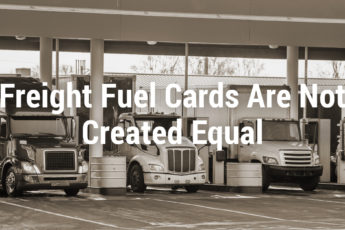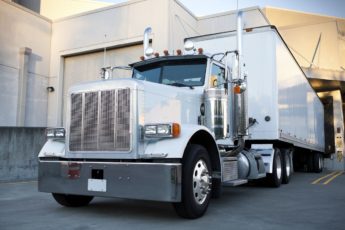Despite a focus on safety, the trucking industry has been on the receiving end of expensive legal verdicts. These “nuclear verdicts” are court-awarded penalties and judgments that are over $10 million. While individual drivers may be involved in specific claims, the rulings often cost the whole fleet money, which can lead to financial strain and, in some cases, a complete shuttering of the company. Trucking companies need a good plan to prevent expensive legal verdicts and protect their drivers.
Your Word Against Ours
Fighting a legal battle without sufficient evidence is an uphill battle for a defendant. If there is an accident and the truck driver cannot provide video evidence of the incident, juries are more likely to be sympathetic towards the injured party. This can lead to expensive legal verdicts. But the money awarded in judgments is not always about collisions. Court cases can also emerge regarding safe working practices and worker compensation that can cost fleet a lot of money. A driver waiting at a shipping dock can accidentally violate that shipper’s COVID-19 working policy and suddenly a lawsuit is brought against not just the driver, but the whole fleet.
Avoiding Expensive Legal Verdicts
A big step toward preventing expensive legal verdicts is to remove any doubt of what occurred in a given incident. For collisions and traffic accidents, fleets are using cameras that provide 360-degree coverage of their trucks. If that solution is too expensive, fleets can install cameras at key points to monitor the truck. For working practices, it’s a matter of making sure everyone is up to speed on compliance, and that they have signed off on training. Sometimes additional training is necessary, and apart from driving, carrier employees should have at least two people on every task so there are checks in place to prevent “your word against ours” situations.
In the end, spending more on equipment and extra training may seem like an added upfront cost, but if the long-term payoff can prevent verdicts that amount to millions of dollars, isn’t it worth it?






